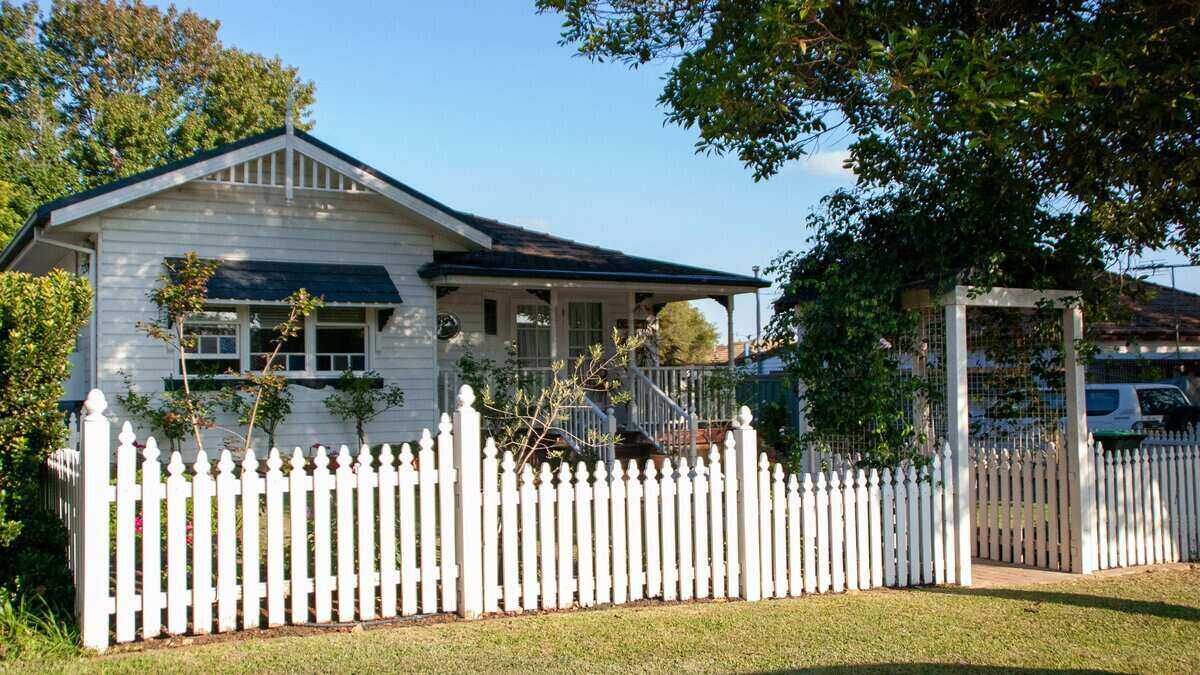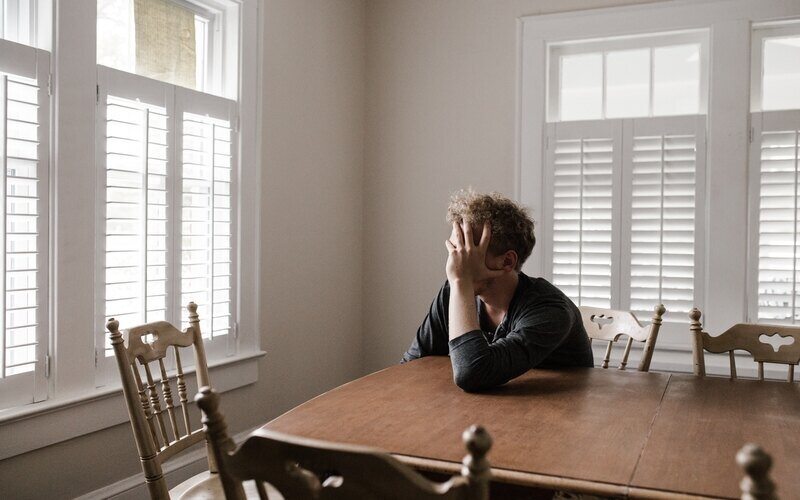CoreLogic's monthly home value index showed a 0.7% drop in property prices nationally, marking the second consecutive month of falls after a 0.4% drop in May.
The biggest price falls were in Perth and Melbourne, where values dropped by 1.1%, while values fell 0.8% in Sydney, 0.4% in Brisbane, and Adelaide slipped by 0.2%.
But prices in the smaller capital cities of Hobart, Darwin and Canberra defied the downturn and recorded modest growth of 0.3%, 0.3% and 0.1% respectively.
However, property prices in Melbourne are falling the fastest out of all the capital cities. Over the last three months, prices have plunged 2.3%.
Buying a home or looking to refinance? The table below features home loans with some of the lowest variable interest rates on the market for owner occupiers.
| Lender | Home Loan | Interest Rate | Comparison Rate* | Monthly Repayment | Repayment type | Rate Type | Offset | Redraw | Ongoing Fees | Upfront Fees | Max LVR | Lump Sum Repayment | Extra Repayments | Split Loan Option | Tags | Features | Link | Compare | Promoted Product | Disclosure |
|---|---|---|---|---|---|---|---|---|---|---|---|---|---|---|---|---|---|---|---|---|
5.54% p.a. | 5.58% p.a. | $2,852 | Principal & Interest | Variable | $0 | $530 | 90% |
| Promoted | Disclosure | ||||||||||
5.49% p.a. | 5.40% p.a. | $2,836 | Principal & Interest | Variable | $0 | $0 | 80% |
| Promoted | Disclosure | ||||||||||
5.64% p.a. | 5.89% p.a. | $2,883 | Principal & Interest | Variable | $250 | $250 | 60% |
| Promoted | Disclosure | ||||||||||
5.64% p.a. | 5.89% p.a. | $2,883 | Principal & Interest | Variable | $248 | $350 | 60% |
| Disclosure |
CoreLogic head of research Tim Lawless said this is mostly being driven by the upper end of the market where values have fallen 3.7%, but acknowledged that the recent spike of infections in Victoria is concerning.
"The recent rise of active virus cases in Victoria are a reminder that the potential risk of a second wave remains a stark reality. If we see the virus curve steepening rather than flattening, a return to restrictive policies is highly likely," he said.
In a major blow to the real estate industry, public auctions and open for inspections have again been scrapped in Melbourne's coronavirus hotspots.
Real Estate Institute of Victoria (REIV) President Leah Calnan said the industry will have to revert back to inspections by appointment only and online auctions in Melbourne’s ten Covid-19 hotspots.
“Any return of restrictions is frustrating for all involved, but the real estate sector is prepared to do what’s required to help curb Covid-19,” Ms Calnan said.
Stage three government restrictions in the affected areas are expected to be in place until at least July 29.
Teetering on the edge of a fiscal cliff
Mr Lawless said a variety of factors have helped to insulate property prices from more significant declines, including government stimulus measures and persistently low advertised stock levels.
"Additionally, low interest rates and forbearance policies from lenders have helped to keep urgent sales off the market, providing further insulation to housing values."
But he warns that while the decline in prices nationally has been relatively mild since April, the longer term outlook remains uncertain.
“While it is encouraging to see lenders have recently hinted at an extension in their repayment leniency policies, the government stimulus will eventually taper and banks will require borrowers to repay their loans," Mr Lawless said.
"The longer term outlook for the housing market is largely dependent on how well the economy is tracking when these support measures are removed.
"Eventually the economy and borrowers will need to abide by market forces. This is when we could see a rise in mortgage arrears and the potential for a lift in urgent or forced sales."

Ready, Set, Buy!
Learn everything you need to know about buying property – from choosing the right property and home loan, to the purchasing process, tips to save money and more!
With bonus Q&A sheet and Crossword!







 Harrison Astbury
Harrison Astbury
 Emma Duffy
Emma Duffy











